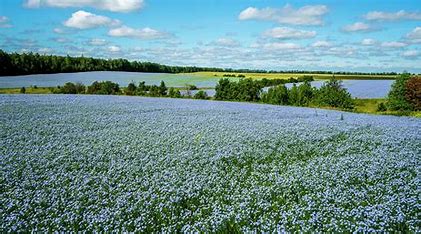As the vibrant hues of spring begin to unfurl, there’s an undeniable sense of renewal in the air—a longing for freshness and rejuvenation after the slumber of winter. Ah! I love the daffodils!
What better way to welcome the arrival of spring than by adorning our beds with the luxurious embrace of natural linen and hemp bedding?
These sustainable textiles, starting from natural Linen not only embody the essence of comfort but also resonate deeply with our yearning for connection to the earth.
So let’s delve into the world of natural linen, hemp, and organic cotton, to try and understand their characteristics and why we love them – needless to say I will also share some of my favorites with you.
1. Characteristics of Natural Linen and Hemp Bedding
1.1 Long Grain Flax: The Epitome of Luxury and Durability
Natural linen bedding owes its exceptional quality to the utilization of long-grain flax fibers. Long-grain flax fibers are coveted for their unparalleled strength and smooth texture, resulting in bedding that is not only sumptuously soft but also remarkably durable. Unlike short-grain fibers, long-grain flax fibers produce textiles with fewer imperfections, ensuring a luxurious sleeping experience that withstands the test of time.
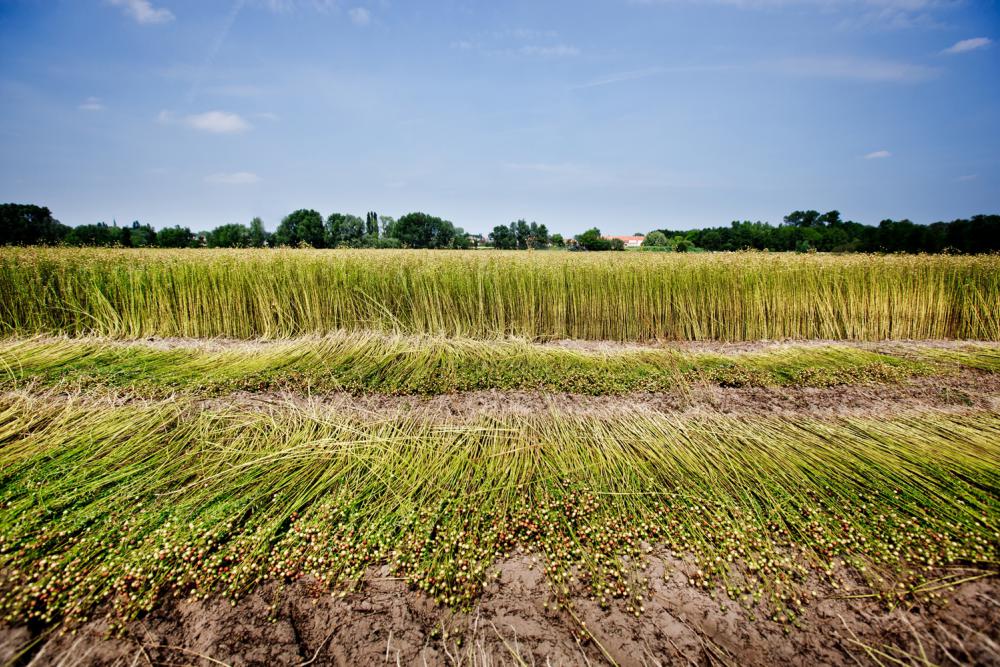
1.2 Production Process of Flax: From Field to Fabric
The production of flax for linen bedding begins with meticulous cultivation practices. Flax thrives in cooler climates with well-drained soil, making regions like Western Europe, particularly Belgium and France, ideal for its growth. Once matured, flax plants are carefully harvested, and their fibers undergo a rigorous processing journey. This process involves retting. Mother nature has a key role in the retting process as the pulled flax is laid down on the soil to soak in the rain and dry in the sun. This alternating weather exposure is key to loosening the fibers. This process phase is followed by scutching to remove the woody outer layer. The remaining fibers are then spun into yarn and woven into the luxurious linen textiles used in bedding.
2: Cultivation and Weaving Process
2.1 Harnessing the Power of Hemp: Sustainable Comfort from Nature
Hemp bedding harnesses the extraordinary properties of the hemp plant, specifically its versatile fibers. Unlike other varieties, industrial hemp used in bedding is cultivated for its long, sturdy fibers found in the stalk of the plant, similar to flax. These fibers, known for their exceptional strength and durability, are meticulously processed to create textiles that offer unparalleled comfort and sustainability.
2.2 Comparative Sustainability of Flax and Hemp Production
Both flax and hemp cultivation boast impressive sustainability credentials compared to conventional cotton farming. Flax cultivation requires significantly less water than cotton, with studies showing that flax consumes up to 50% less water per hectare compared to traditional cotton cultivation. Additionally, flax cultivation enhances soil health by promoting biodiversity and reducing the need for synthetic fertilizers and pesticides. Similarly, hemp cultivation is renowned for its low water requirements, with estimates suggesting that hemp uses up to 50% less water than cotton. Moreover, hemp’s deep root system helps prevent soil erosion and improves soil structure, making it a sustainable choice for bedding materials. For a more detail look into flax and hemp production tune into The Biophilic Hub Community
3. Certifications for Sustainable Textiles
Certifications play a vital role in ensuring the sustainability and integrity of natural linen and hemp bedding. For flax and hemp fibers, certifications such as GOTS (Global Organic Textile Standard) and OEKO-TEX® certify that the cultivation and processing adhere to strict environmental and social criteria. Additionally, certifications like Masters of Linen® guarantee the authenticity of linen products, ensuring they meet stringent quality standards.
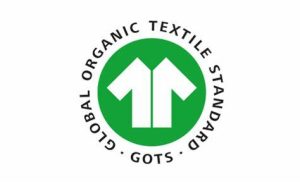
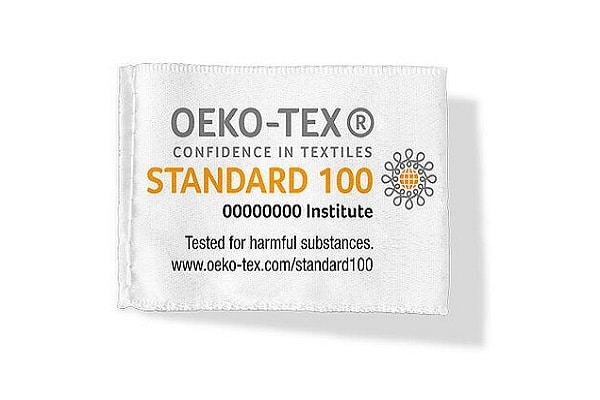
4. Organic Cotton
Growing conventional cotton is one of the most chemical-intensive agriculture there is; the chemicals used have a tremendous impact on the earth’s air, water, soil, and the health of people in cotton-growing areas. They are among the most toxic chemicals as classified by the Environmental Protection Agency.
On the other hand, Organic cotton production has a low impact on the environment and is less harmful to our health. All seeds used are natural and untreated GMO seeds; The soil is maintained healthy also thanks to adequate crop rotation and the reduced or non-existent use of toxic pesticides. Although even organic cotton production does require significant use of water, adequate waste management will partially compensate for this. Organic textiles must be certified by a third party such as GOTS. Cotton does have the characteristic of being particularly soft, which can lure us to this choice, which is fine so long as it is a conscious choice.
Nevertheless Choosing Organic Cotton vs Conventional cotton becomes a no-brainer.
4.1 Organic Cotton vs. Linen: Understanding the Difference
While both organic cotton and linen offer eco-friendly alternatives to conventional bedding materials, they differ significantly in characteristics and cultivation practices. Organic cotton, derived from the cotton plant, boasts softness and breathability similar to linen. However, cotton cultivation typically requires more water and some pesticides compared ( but within the GOTS standards) to flax and hemp farming. Linen’s superior durability and moisture-wicking properties make it an ideal choice for those seeking luxurious, sustainable bedding options.
Here are a few of my favorite brands
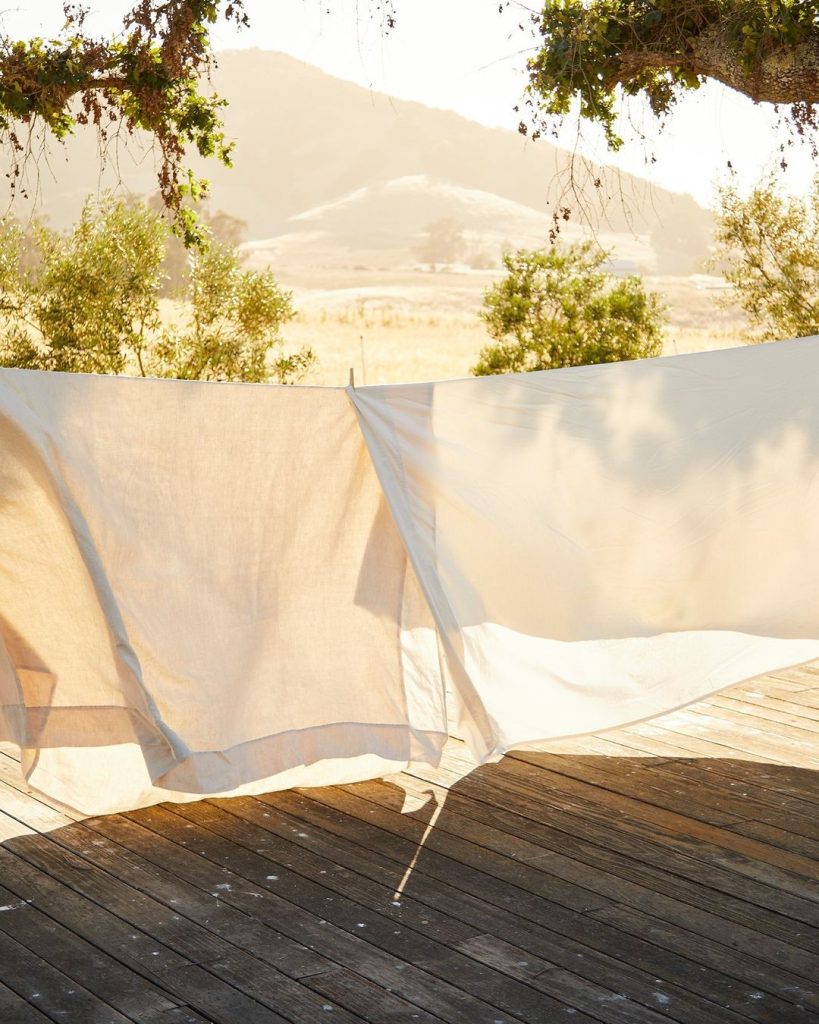
Cayuchi (US) – Cayuchi is a well-known US brand and one of its unique propositions is the take-back program – where you can return your old Cayuchi products for them to be recycled and you will get a significant discount on the following order. Photo crdit : Cayuchi
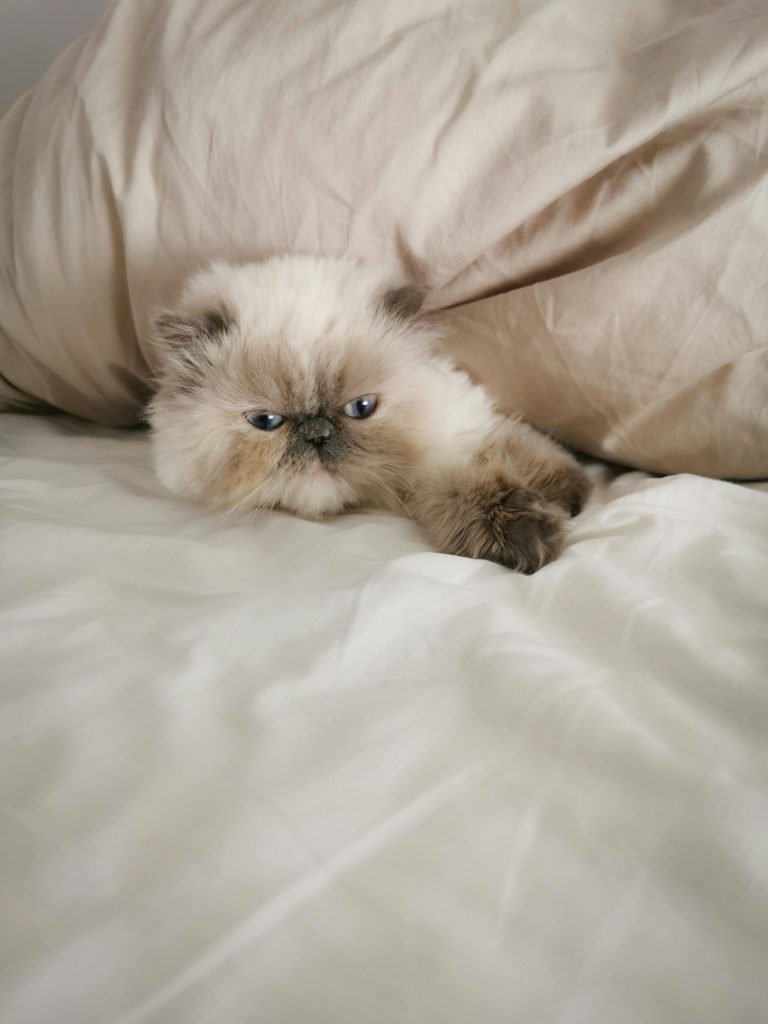
Photo credit: claudia Schmaltz – purely inspirational with no reference to the brand Two sisters textiles (UK) The true commitment to healthy and beautiful materials sparked the creation of this company. Their transparency is to be praised, specifying the certifications attained for the different product phases, from fiber to finished product.
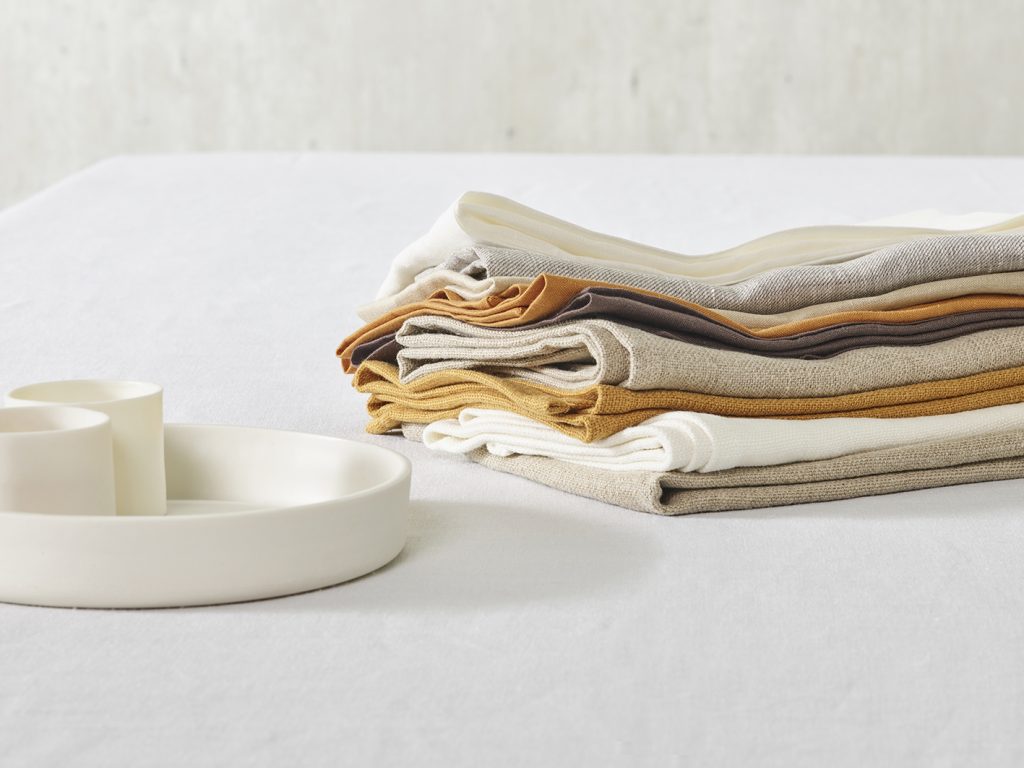
Libeco ( Belgium) is a weaver situated in the heart of Belgium the ideal country for the agriculture of flax and where most mills are found. Libeco Linen carries the Masters of Linen® quality label. This guarantees that the linen was entirely made in Europe with a guarantee of transparent production processes and traceability. Photo credit: Libeco
5. Conclusion: Embracing Sustainable Slumber
In conclusion, natural linen and hemp bedding epitomize the epitome of sustainable luxury, offering unparalleled comfort and durability while minimizing environmental impact. From the fields of Europe to the weaving looms of skilled artisans, these materials embody centuries-old traditions of craftsmanship and eco-consciousness. By opting for certified organic linen and hemp bedding, consumers can not only enjoy a restful night’s sleep but also contribute to a more sustainable future for generations to come.
